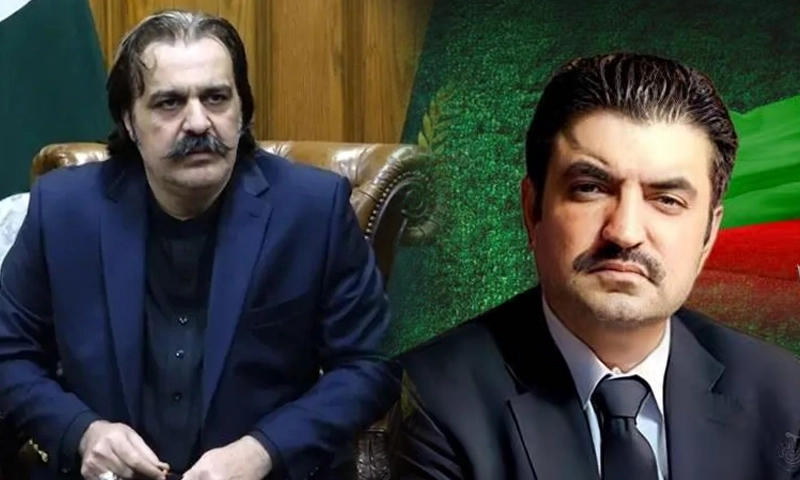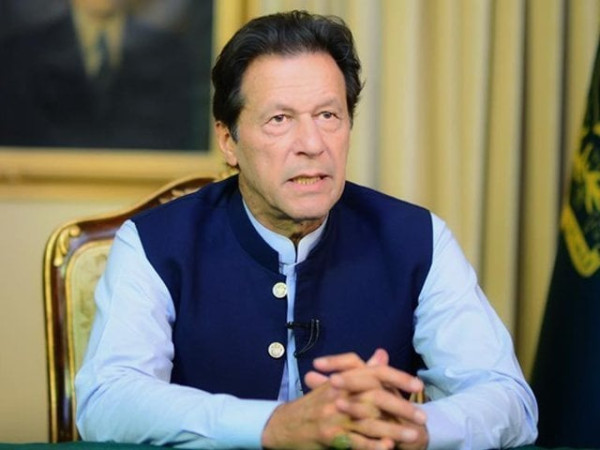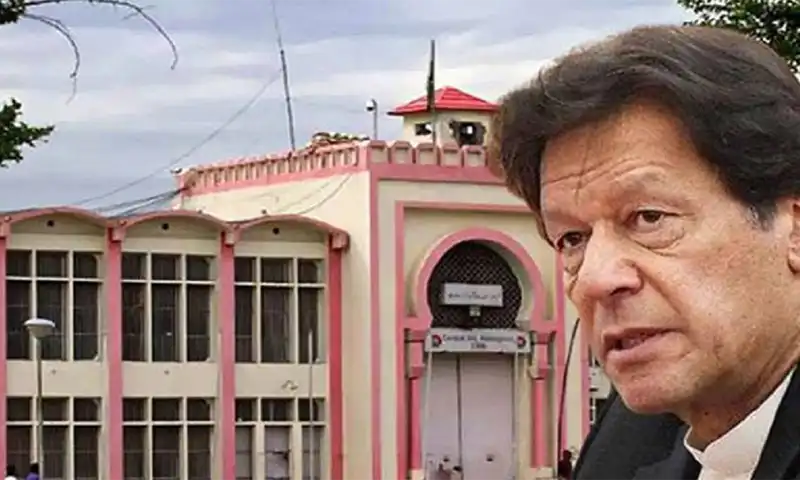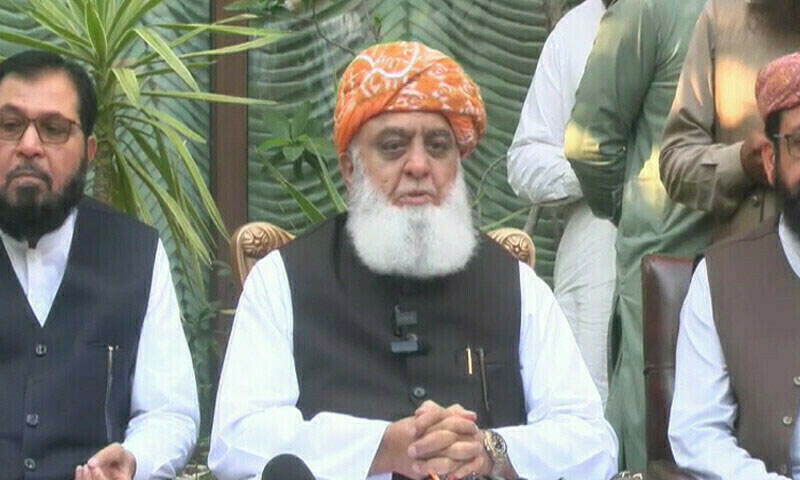- Web Desk
- Apr 19, 2025

Umar Saif has a point but is it an informed one?
-

- Hum News
- Aug 26, 2023

Syeda Masooma
On Thursday Caretaker Federal Minister for IT and Telecommunication Dr Umar Saif took to X (formerly twitter) to inform us that the National Commission for Science and Technology has not held a meeting in the past 22 years.
The minister’s statement has a caveat though. In 2001, Pakistan did not have a prime minister and the meeting was, in fact, chaired by General Pervez Musharraf. While Saif’s surprise might be honest, the hiatus of the commission is just one of the absolute bizarre events in the NCST’s weird history.
HISTORY
On March 31, 1984, the formal notification marking the inception of the NCST was issued under General Zia-ul-Haq’s martial law, a period during which the dictator had established a firm control over both the reins of power and of Science and Technology (S&T) affairs.

The commission formed under the Ministry of Science and Technology had the following structure:
- Prime Minister as Chairman
- Federal Minister for Science and Technology as Vice Chairman
- Pakistan Council for Science and Technology (PCST) Chairman as Secretary of the Commission
- Ministry of Science and Technology as the secretariat
- Ministries and Associations as Members
Zia also occupied both the positions of its Chairman and Vice Chairman.
Back in the day, Pakistan was amongst the pioneers in developing countries to chalk-out five-year plans and to boast a Science and Technology policy in 1984. Establishment of NCST was part of this plan. However, the political turmoil and lack of focused leadership caused the policy to get buried under heaps of documents never looked at until almost a decade later, when an upgrade of this policy was prepared in the form of National Technology Policy and Technology Development Plan, in 1993.
1st MEETING
During this time, preparations for first meeting of the NCST were marred by multiple problems faced be MoST according to archives of PCST. These, inter alia, included lack of proper feedback from various stakeholders.

Eventually, the agenda and working paper were prepared for a meeting scheduled to be held in the summer of 1988. It would take almost another year before NCST would actually meet for the first time, on March 22, 1989, chaired by then-prime minister Benazir Bhutto.
ECNCST
One order of the business in the meeting was to set up yet another committee by the name of Executive Committee of NCST (ECNCST) to coordinate and review implementation of policy decisions taken by NCST.
In the first meeting of ECNCST, it was decided to develop linkages between Defense and Civil R&D systems in Pakistan – which, to date, remains a distant dream. This involved action by Defense Production Division, Cabinet Division, and Economic Affairs Division. The status of this was never formally communicated to the NCST secretariat.
The trajectory of ECNCST requires a separate report so we will leave that part for now.
2nd MEETING
It would take another decade before NCST would meet for the second time. Again, during the rule of a man in uniform. In May 2000, the then-president Pervez Musharraf chaired the second meeting of NCST. However, the MoST had a widely respected civilian at the helm this time – Professor Dr Atta ur Rehman, who held the portfolio of Federal Minister for S&T.
This meeting deliberated on a range of issues and formulated policy frameworks for human resource development, R&D infrastructure development, information technology, R&D projects of economic importance and technology development.
“The revolution in IT and the emergence of HEC that unfolded in the following years came about as a result of these two meetings,” former PCST chairman Dr Anwar-ul-Hassan Gilani said about the meetings when contacted.
3rd MEETING
In November 2001, President Musharraf chaired the third meeting of NCST – which would turn out to be the last time that NCST met until today.

Most of the decisions of 2nd and 3rd meetings of NCST have been implemented or are being implemented through a number of projects by MoST, Ministry of Energy, Ministry of Information Technology and Telecom, Higher Education Commission, Public Universities, and related R&D organizations.
Contrary to what Umar Saif would want us to believe, the authority has only served as a white elephant through history. Its existence is owed to the whims of dictators fascinated with the idea of harnessing civil-military capabilities.
OUTPUT OF NCST
None of the projects originally envisaged were routed through the NCST Secretariat, PCST’s website records lament, adding that subsequent efforts to assess the implementation status of these projects by the NCST Secretariat were mostly stonewalled.
As to why NCST has never been able to catch the attention of any leader until Saif’s post, Dr Anwar-ul-Hassan Gilani might have an answer. “In many developed countries Minister for Science and Technology is the Deputy PM with direct contact with PM, but here hardly anyone has interest for this ministry. During my tenure of three years I have had to work with three different ministers and three different secretaries of MoST. Such ministries ought to be governed by technocrats,” he said.
Now that an ambitious individual with a shiny resume is in the office, let’s see if he can turn the fate of the commission around and utilise it to the benefit of Pakistan – just like his promise of increasing ICT exports to $20 billion.




